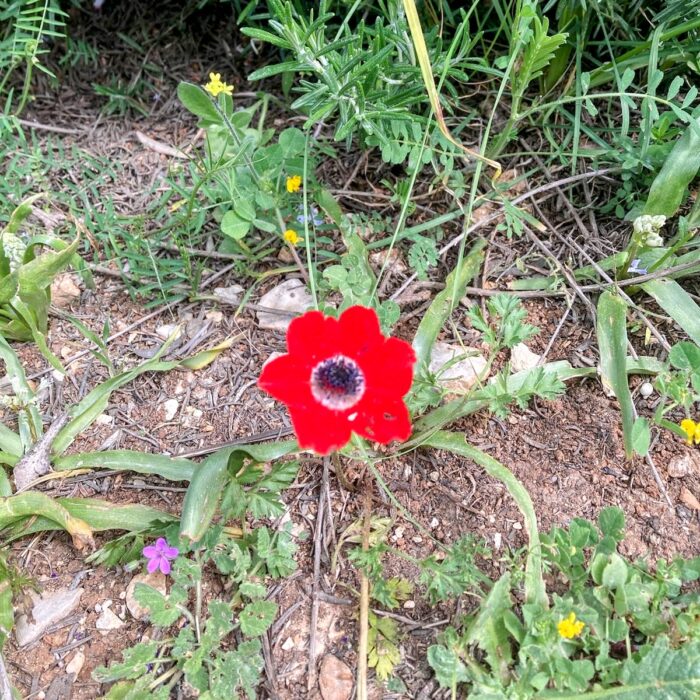Before I arrived, I looked up “travel guides to Palestine” online. Every article was a tourist guide written before October 7, of course, which is a very different experience than what I’m here for. One thing that the tourists frequently commented on was how much plastic there was in the street, particularly in building demolition sites.
Donate to sustain the work, here!
Palestine has been under Israeli military occupation for over 53 years. They have destroyed local jurisdiction and though they control every aspect of Palestinian life, they refuse to take responsibility for providing essential services like garbage collection, disposal, or recycling which means Palestinians are forced to resort to random dumping sites. Waste from illegal settlements is also illegally dumped, primarily near Palestinian communities, which further exacerbates the pollution. There is one designated landfill in Bethlehem but it is at capacity and is not easily accessible.
With these things in mind, it seems unproductive and grossly judgmental for any western person to mention the amount of “litter” without referencing the context in which it is necessitated. Here at the PMNH, the workers are intentional about what is brought onto the property and all plastic that inevitably arrives is sorted and stored for potential future use.
Water bottles turn into plant container walls, plastic bags are liners for slowly filling trash cans, and a portion is transformed into craft projects for children. Yesterday, a volunteer made toy cars from toilet paper rolls and water bottle caps with kids whose family is trapped in Gaza.
In Southern California where I grew up, every kid ate what we called “sour straws”- a species of oxalis with yellow flowers that rose atop a long thin stem that, when chewed, released an addictive sour juice.
At the museum today I pulled weeds in the garden (the only botanical garden in the West Bank!) most of which were the same sour straws I knew as a child though in Arabic they are called hommayda. Native to South Africa, they are now invasive in many parts of the world.
As I pulled them out of the earth I thought of how this land is threatened by so many invasive things that desecrate biodiversity: the myna bird, the sumac tree, Zionist settlers, Israeli occupation, and foreign aid that funds ongoing genocide.
It felt powerful to have my hands deep in rich soil trying to restore a bit of balance in a tiny tiny corner of this sacred land.
Pictured above is the native Semitic poppy which is a symbol of resistance in Palestine.

Reading through these is amazing honestly